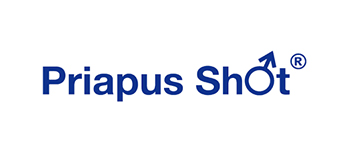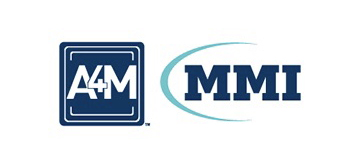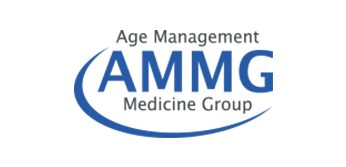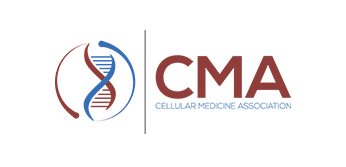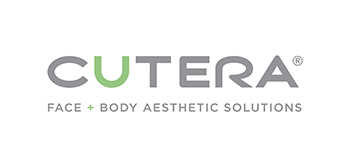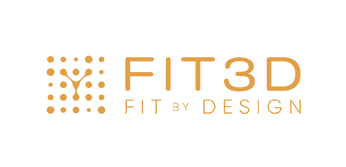Veins Treatment
Are there different types of veins in the legs?
There are a few different types of veins in the leg. These are:
- Superficial veins – They are closest to the skin and include spider veins which are minuscule weblike veins that can become visible through the skin.
- Deep veins – These are located deeper into the leg and run closer to the arteries. It is these veins that are responsible for moving up to 95% of the blood back to the heart.
- Arteries – These are the major blood vessels that deliver blood across the body at a much higher capacity than veins.
- Perforating veins – These veins serve as bridges or connectors between deep and superficial veins.
- Spider and varicose veins – They appear when the blood that is returning to the heart gets stuck inside a vein and causes congestion and enlargement of the surrounding vein.
Spider and varicose veins – They appear when the blood that is returning to the heart gets stuck inside a vein and causes congestion and enlargement of the surrounding vein.
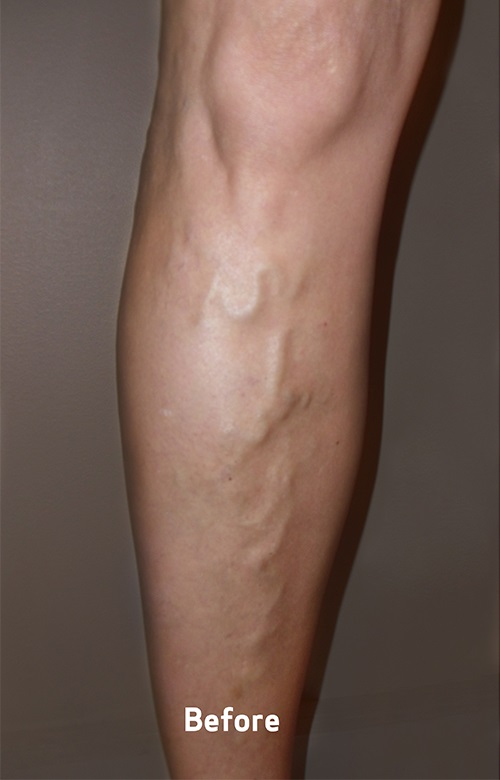
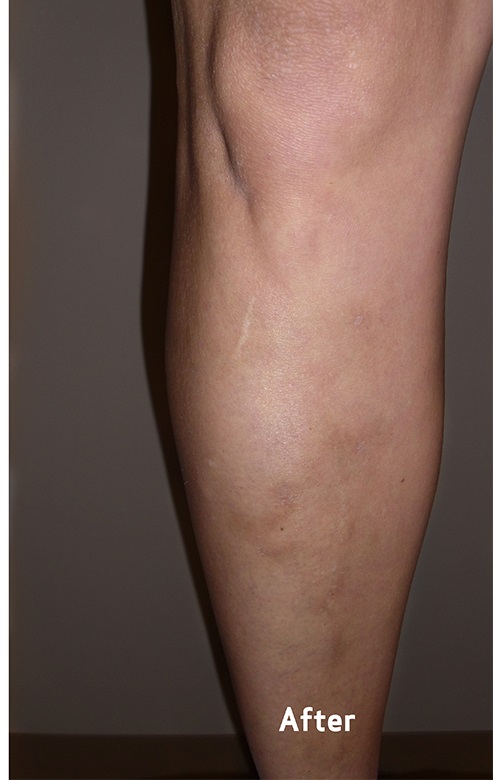
How do the valves in the veins in your legs work?
When the veins in your legs are healthy, the one-way valves within them have the ability to move the blood in the direction of the heart. When you walk, the muscles in your legs and feet squeeze the deep veins sending the non-oxygenated blood upwards to its final destination. The valves are spaced about one inch apart.
After passing one valve the blood continues its journey towards the heart, passing every valve as it opens and closes with every muscle pump of the leg.
The key message here is: walking is very important in preventing the formation of a spider or varicose veins. Make it a habit to walk as often as you can — your legs will thank you, and your overall health will benefit greatly.
How do valves get damaged?
In some cases, the walls of the veins become weakened, preventing the valves from closing, and thus allowing blood to flow in the wrong direction. As a result, blood pools within the legs, which further weakens the walls of the veins and makes more valves unable to perform their job as effectively as they should.
This pooled blood causes a range of other issues as well:
- The pressure in the superficial veins rises, causing them to swell
- The pressure causes visible varicose veins
- Your veins may be tender to the touch
If you have been suffering from any of these issues, contact Med Smart Group as soon as possible so that we can schedule an appointment and begin treatment right away.
How do you get rid of veins on your legs?
Treating the affected veins will improve circulation. This is accomplished by closing off malfunctioning veins and allowing the blood flow to be rerouted to healthy veins. This procedure immediately restores the unimpeded travel of blood to and from the heart, and the veins that are no longer in use will eventually be absorbed by the body.
Diseased veins may be treated with Endovenous Laser Treatment, Ultrasound-Guided Sclerotherapy, and Varithena, among others. Your doctor will study your particular situation and determine which treatment is best suited to fix it.
Endovenous Laser Treatment
This is a non-surgical, outpatient laser treatment for varicose veins that uses ultrasound-guided technology to target malfunctioning veins, making them collapse. To do this, your doctor will insert a minuscule laser fiber into the vein in question. The laser energy will heat and close the vein. Healthy veins will take over the circulation of the blood.
This treatment effectively eliminates your painful symptoms with no scarring or stitches, allowing you to resume your daily activities right away.
Ultrasound-Guided Sclerotherapy
In order to treat varicose veins or other manifestations of venous insufficiency, this technology can be used to target intricate networks of problematic, smaller veins. Using an ultrasound to map the malfunctioning veins, the radiologist will then inject a sclerosant solution into them, prompting the veins to thicken, become irritated, and then collapse. Again, blood flow is diverted to healthy, surrounding veins.
This is a quick procedure that usually takes 15 minutes or less from start to finish. There is limited discomfort and no scarring. You may resume your daily activities right away.
Varithena
In this treatment, the Varithena device is used to generate a microfoam which is injected into the vein with the help of ultrasound for guidance. The foam fills the affected vein causing it to collapse. This is a minimally invasive procedure with no recovery time.
Veins Treatment at Med Smart Group
Our team of specialists at Med Smart Group is ready to offer you the vein treatment you need now. During your diagnostic appointment, you will receive an ultrasound evaluation as needed. The veins in your legs will be thoroughly examined and screenings for vein disease will also be performed. The results of all evaluations will be interpreted to ensure the most accurate diagnosis. You will then be presented with the best treatment options and answer any questions you may have about treatment and the recovery process. We specialize in all minimally invasive procedures both for diagnosis and treatment of varicose vein disease and other diseases of the veins. Don’t put off the health of your legs, make an appointment today.
FAQs
There are a number of steps that you can take to avoid varicose veins or, if they are already present, to prevent them from causing you more discomfort. Self-care for varicose veins includes:
- Add exercise to your daily life – if this is your first time exercising, start by incorporating walking thirty minutes every day.
- Lose weight
- Avoid wearing tight-fitting clothes that may impede circulation
- Elevate your legs
- Avoid standing or sitting for long periods of time
- Wear compression stockings
Think of them as a first approach to treating varicose veins before switching to other treatments. By compressing your legs, they help your leg muscles and veins more blood more efficiently.
Your doctor may recommend the amount of compression you may need or go so far as to give you a prescription for special compression stockings to meet your needs. These stockings might even be covered for your insurance if you are using them to alleviate symptoms. Stockings without prescriptions may be found at most local pharmacies.
The main factors for vein disease are:
- Family history
- Aging
- Having a sedentary lifestyle
- Being female
- Being pregnant
- Having diabetes
- Having high blood pressure
If you check any of these boxes, contact us today to schedule an initial consultation and learn more about the strategy we can develop for your specific needs.


